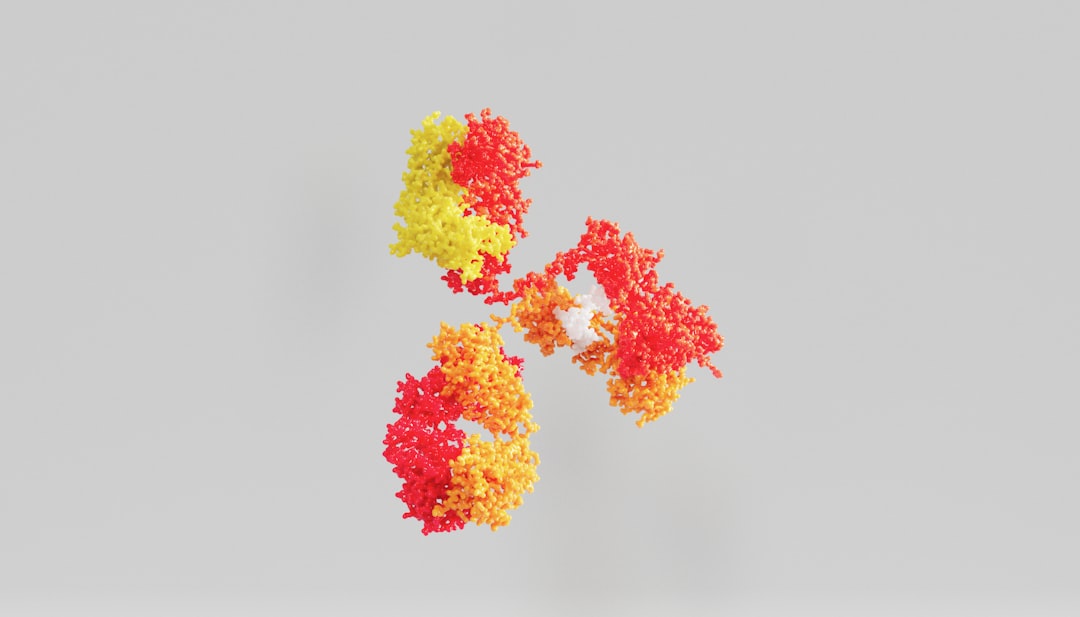What is it about?
Infection, aseptic loosening, periprosthetic fractures and dislocations are the leading causes of hip revision. Current revision stem designs feature a tapered body with circumferential placed longitudinal thin metal splines that cut into the femoral cortex of the diaphysis to provide axial and rotational stability. We investigated the influence of design changes regarding these splines on the torsional stability by comparing two stem designs with differing geometries.
Featured Image

Photo by National Cancer Institute on Unsplash
Why is it important?
Our findings show that a second set of splines with reduced prominence could improve primary stability of a revision stem in the femoral diaphysis in the presence of significant proximal bone loss. The beneficial effect of varying spline size and number has the potential to further improve the longevity of revision hip stems.
Perspectives
This article highlights the potential for small design changes to improve the quality of life of patients undergoing total hip replacement. It was a great pleasure to set up the experiments necessary to show this. Although working with native human bone tissue always presents difficulties in terms of comparability of results, the use of new imaging techniques offered the opportunity to overcome this challenge by quantifying the variability.
Julius M. Boettcher
Technische Universität Hamburg
Read the Original
This page is a summary of: The influence of hip revision stem spline design on the torsional stability in the presence of major proximal bone defects, PLoS ONE, September 2023, PLOS,
DOI: 10.1371/journal.pone.0291599.
You can read the full text:
Contributors
The following have contributed to this page










